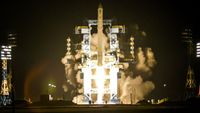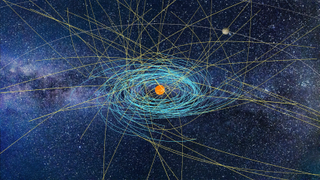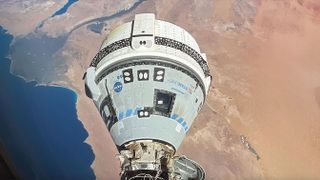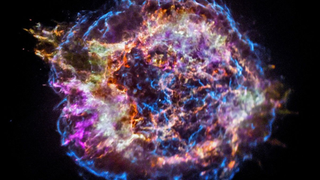
Secretive Russian military satellites release mystery object into orbit
A trio of secretive Russian satellites launched earlier this year has released a mysterious object into orbit, sparking interest among space trackers and analysts.

By Brett Tingley published
Researchers with the U.S. military's Defense Advanced Research Projects Agency (DARPA) have successfully used Earth's atmosphere as a sensor to detect a distant disturbance.

By Stefanie Waldek published
Hiroyasu Tsukamota has developed a deep-learning-based guidance and control framework called Neural-Rendezvous that could allow spacecraft to safely encounter interstellar objects.

By Robert Z. Pearlman published
The first astronauts to enter a polar orbit chose the obvious animal to serve as their zero-g indicator: a plush polar bear. The doll also has an emperor penguin embroidered on its chest.

By Josh Dinner published
NASA astronauts Suni Williams and Butch Wilmore both say they'd ride on Boeing's Starliner again, despite the issues the capsule had on its first crewed flight.

By Sharmila Kuthunur published
Two nearby explosive massive star deaths, or supernovas, may have triggered mass extinction events in Earth's distant past, new research suggests.

By Tom Brown published
Mother's Day 2024 heralded Mexico's most powerful geomagnetic storm in two decades. Here's why scientists say this is something to track.

By Fran Ruiz published
Disney has revealed its third animated Star Wars anthology series, which takes us deeper into the galaxy's darkest corners through the eyes of two infamous bounty hunters.

By Space.com last updated
Reference Keep up with all the rocket launches, astronomical events and mission milestones for 2025 with our space calendar.